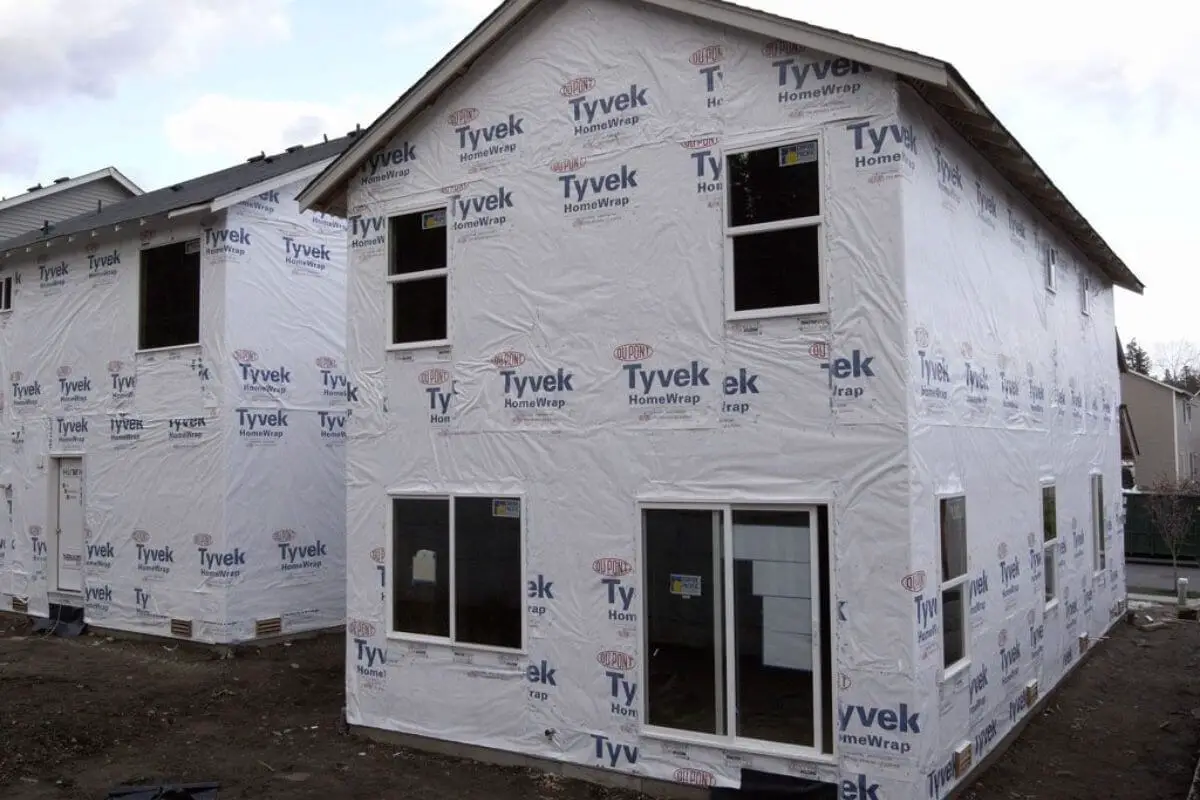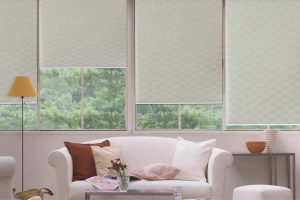When it comes to protecting your home from the elements and ensuring its longevity, housewrap is a crucial component of the building envelope. Two popular options for housewrap are HardieWrap and Tyvek. Both have their unique features and advantages, making it essential to understand the differences between them. In this article, we’ll compare HardieWrap and Tyvek to help you make an informed choice for your home construction or renovation project.
1. Introduction
Housewrap is a critical barrier that prevents water and air from penetrating the exterior walls of your home. It plays a significant role in enhancing energy efficiency and protecting your home’s structure. HardieWrap and Tyvek are both reputable brands in the housewrap industry, each with its own set of characteristics and benefits.
2. What Is Housewrap?
Housewrap is a material that is installed over the sheathing of a house before the siding is applied. It acts as a weather-resistant barrier, preventing moisture from getting into the wall cavity while allowing water vapor to escape.
3. HardieWrap: The Pros and Cons
Pros:
- Durability: HardieWrap is known for its strength and resistance to tears and punctures, making it a robust option for harsh weather conditions.
- Moisture Management: It effectively repels water while allowing water vapor to escape, reducing the risk of mold and rot.
- UV Resistance: HardieWrap is UV resistant, which means it can withstand prolonged exposure to sunlight without breaking down.
- Easy to Install: It’s relatively easy to install, and its printed lines help with accurate placement.
Cons:
- Cost: HardieWrap can be more expensive than some other housewrap options.
- Weight: It is heavier than some alternatives, which may affect shipping and handling costs.
4. Tyvek: The Pros and Cons
Pros:
- Breathability: Tyvek is highly breathable, allowing moisture vapor to escape, which can help prevent mold and mildew.
- Lightweight: It is lighter in weight than HardieWrap, making it easier to handle and transport.
- Proven Track Record: Tyvek has been used in the construction industry for decades and has a reputation for reliability.
- Cost-Effective: It tends to be more budget-friendly than some other housewrap options.
Cons:
- Tear Resistance: While Tyvek is tear-resistant, it may not be as robust as HardieWrap in terms of puncture resistance.
- UV Sensitivity: Tyvek is sensitive to prolonged UV exposure, and it should be covered by siding relatively quickly after installation.
5. Moisture Management
Both HardieWrap and Tyvek excel at moisture management. They create a barrier against liquid water while allowing water vapor to pass through, reducing the risk of moisture-related issues within the wall cavity.
6. Durability and Longevity
HardieWrap is known for its durability and resistance to tears and punctures, making it a suitable choice for areas with extreme weather conditions. Tyvek is also durable but may not be as puncture-resistant as HardieWrap. Both products offer good longevity when properly installed.
7. Installation
Installation processes for both HardieWrap and Tyvek are relatively straightforward. Both come with manufacturer guidelines that should be followed meticulously for optimal performance.
8. Cost Considerations
Cost can be a significant factor in your decision. HardieWrap tends to be pricier than Tyvek, so your budget may play a role in determining which option is more suitable for your project.

9. Environmental Impact
Consider the environmental impact of your choice. Tyvek is made from high-density polyethylene (HDPE), a recyclable material. On the other hand, HardieWrap is not as easily recyclable, which may influence your decision if sustainability is a concern.
10. Final Verdict
The choice between HardieWrap and Tyvek depends on your specific needs and priorities. If durability and puncture resistance are paramount, HardieWrap is an excellent choice. However, if budget-friendliness and breathability are key considerations, Tyvek may be the better option.
11. Conclusion
In the end, both HardieWrap and Tyvek are reputable housewrap choices that can effectively protect your home from the elements. Carefully assess your project requirements, budget, and environmental concerns to make an informed decision that will ensure the longevity and performance of your home’s exterior.
FAQs
Is Tyvek better than HardieWrap in terms of breathability?
Yes, Tyvek is known for its high breathability, allowing moisture vapor to escape.
Which housewrap is more cost-effective?
Tyvek is generally considered more cost-effective compared to HardieWrap.
Are these housewraps suitable for all weather conditions?
Both HardieWrap and Tyvek offer protection in various weather conditions, but HardieWrap is known for its durability in harsh climates.
Can I install housewrap myself, or should I hire a professional?
Housewrap installation can be a DIY project if you have the necessary skills and follow manufacturer guidelines. However, hiring a professional is advisable for optimal results.
Is one of these housewraps more eco-friendly than the other?
Tyvek is made from recyclable HDPE material, which may be considered more eco-friendly compared to HardieWrap.



